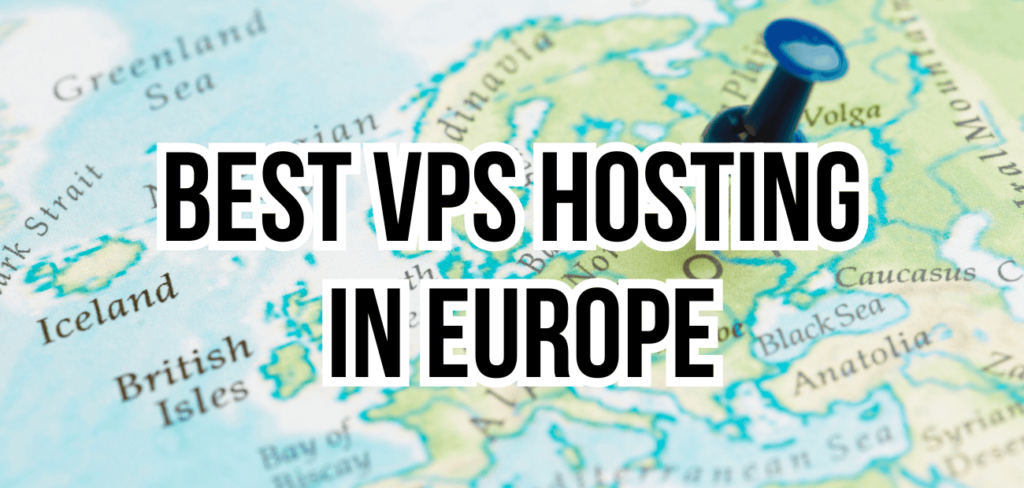Table of Contents
When choosing a VPS (Virtual Private Server) for your business or personal needs, understanding the importance of hosting location is crucial. One of the most popular options today is European VPS. In this article, we’ll dive into what a European VPS is, its advantages, and how to choose the right specifications for your needs.
What is a European VPS?
A VPS (Virtual Private Server) is a virtualized version of a physical server, divided into several independent parts. Each virtual server operates like a separate machine with its own resources and operating system. A European VPS is distinguished by the fact that the physical server it resides on is located in one of Europe’s data centers.
Choosing a European VPS can be motivated by various factors, such as proximity to your audience, compliance with EU regulations, high-speed connectivity, and the reliability of European infrastructure. Unlike traditional hosting, where resources are shared among all users on one server, a VPS provides you with guaranteed resources and a higher level of control over your system.
Key Advantages of a European VPS
- Geographical Location: If your target audience is in Europe, choosing a VPS in this region will ensure low latency and high website loading speeds, which are crucial for user experience.
- GDPR Compliance: European data centers often adhere to GDPR (General Data Protection Regulation) standards, which is particularly important for companies handling customer data from the EU. This helps avoid legal risks related to data storage and processing.
- Stability and Reliability: European IT infrastructure is known for its high level of reliability and stability. Many data centers in Europe offer excellent service and support, ensuring minimal downtime.
How to Choose the Right VPS?
- Assess Your Needs: Start by evaluating how many resources you will need for your website or application to function properly. This includes the amount of RAM, the number of CPU cores, storage space, and bandwidth.
- Calculate the Load: If you’re running a high-traffic website or a resource-intensive application, you will need more resources. A well-configured VPS should handle peak loads without delays or performance drops.
- Consider Your Budget: European VPS may be more expensive than similar servers in other regions, but the quality of service and infrastructure can make the cost worthwhile.
- Plan for Growth: If you anticipate future scaling, ensure that your chosen provider offers the option to easily and quickly increase your resources.
Frequently Asked Questions
- What operating systems are supported on a VPS?
Most providers offer the ability to install various operating systems, such as Linux (Ubuntu, CentOS, Debian, etc.) or Windows. The choice depends on your preferences and requirements. - How can I manage my VPS?
VPS management is possible through the control panel provided by the hosting provider or through SSH access for more advanced users. You can also choose between self-managed and managed servers, where the provider’s team handles management and technical support. - How secure is a VPS in Europe?
European data centers typically offer a high level of security, including protection against DDoS attacks, data encryption, and regular security updates.

Choosing a European VPS is a smart decision for those who value stability, security, and high performance. This type of hosting is ideal for small and medium-sized businesses as well as large projects that require flexibility and scalability. We hope this overview has helped you better understand what to look for when choosing a VPS in Europe and how to select the optimal specifications for your needs.


